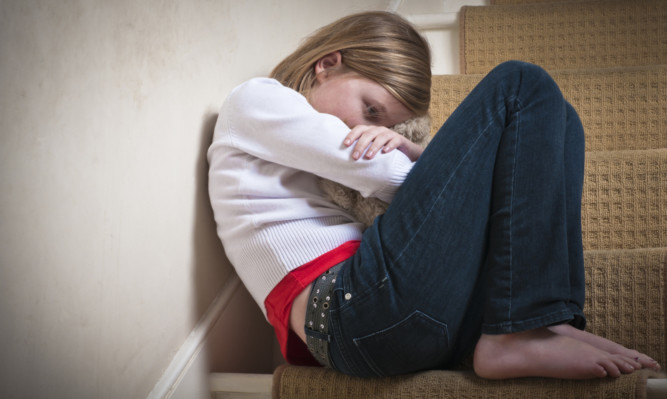More than 430 young victims of abuse and neglect were placed on Fife’s child protection register in 2013/14.
The numbers in need of care and protection soared by 37% on the previous year and were far higher than other Scottish local authorities.
Fife’s chief social work officer, Dougie Dunlop, said the shocking figures, revealed in a paper to councillors last week, reflected high levels of identification of abuse and better training in child protection among staff.
Mr Dunlop said the numbers being registered were now starting to reduce again thanks to social workers intervening in cases more quickly.
“It’s heartening to see early intervention strategies working for children,” he said.
“Last week there were something like 120 children on the register.
“I think we’re beginning to see a distinct change in patterns at the high end critical level.”
Mr Dunlop said the numbers would continue to vary but added: “This is more than a natural variation in numbers. It’s a significant change in trends.
“It’s heartening to see universal services such as schools picking up on need early.”
The number of children in care, but not necessarily on the child protection register, has also risen significantly over the last seven years.
At the end of July 2014 there were 952 children in care in Fife, an increase of 9% on the previous year and 22% since 2007.
While the number is below the Scottish average, the rise has been attributed to increasing deprivation.
Mr Dunlop said child poverty in Fife is concentrated in households with younger children.
“In particular, poverty rates among households with a youngest child aged 0-4 are significantly higher than across the rest of Scotland,” he said.
“Coupled with Fife’s increasing birth rate, this will produce a significant demographic pressure on the care budget for children who become looked after in Fife.”
Dunfermline councillor Willie Campbell said he was pleased to see the impact of early intervention work.
